Halloween 2 Well Find Him Funny
'Halloween' Movies Ranked from Worst to Best
It's that time of year.
A madman escapes from a mental institution, returns to his hometown wearing a $2 William Shatner mask, and murders three innocent teens without mercy, emotion, or motive. With this hauntingly simple premise, John Carpenter officially—and, by all accounts, unwillingly—kicked off the Halloween franchise, now four decades old and counting, a slasher monolith that's branched off into multiple timelines, several reboots, expanded lore involving ancient Druid cults and a young Paul Rudd, plus one brief pitstop to follow a psychotic mask manufacturer who tries to murder every child in the world with his catchy company jingle. It's been a wild ride that veers dramatically in quality from all-time Mt. Rushmore greats to historically bad stinkers not even worth your time as a Halloween trick. But at its best and its worst, there's still no denying the power this franchise—and, most specifically, its unlikely leading man, Michael Myers—has held over the horror genre for decades.
Below, you'll find every Halloween movie, ranked from worst to best.
12) Halloween: Resurrection
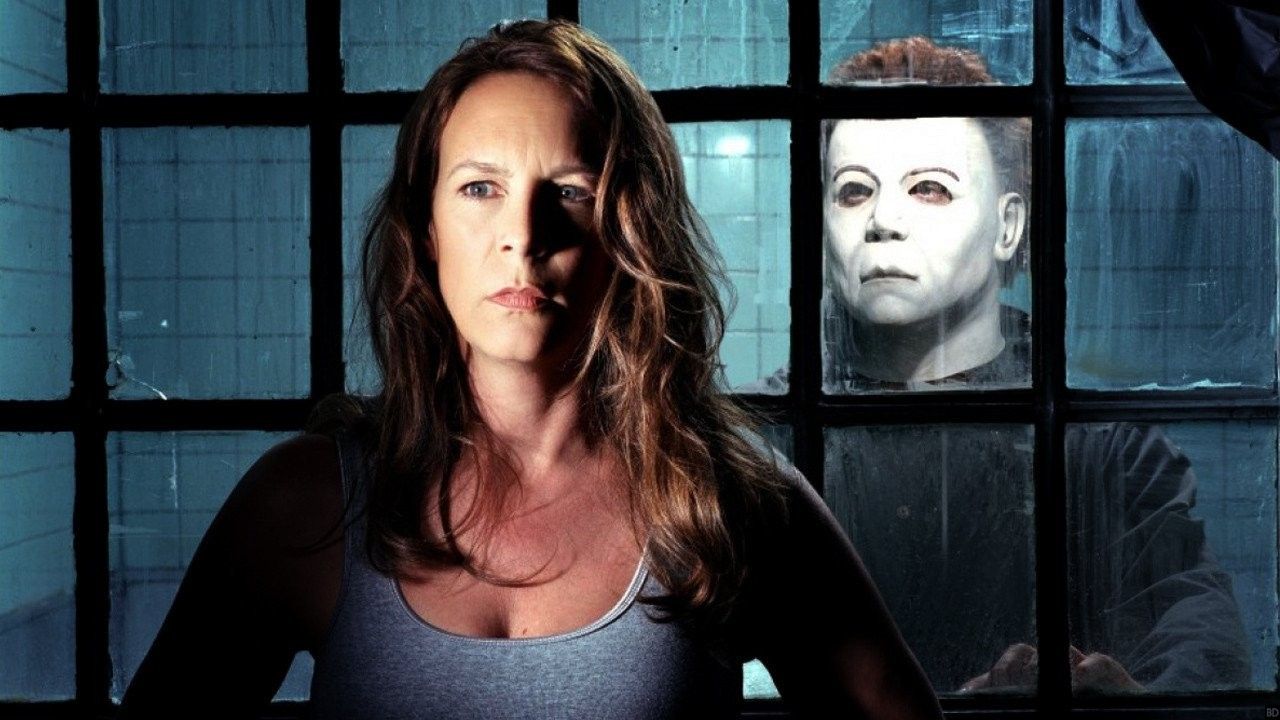
Should humanity ever discover the secrets of time travel, our first order of business—before we evade any wars or unlock the mysteries of the future—must be returning to the $300,000-budgeted set of 1978's Halloween to tell John Carpenter one day a rapper named Busta Rhymes will challenge Michael Myers to a kung-fu fight in a movie that costs $15 million. There isn't much more to be said about Halloween: Resurrection , other than its premise, Michael Myers stalking the crew of an internet show filming in his old Haddonfield home, isn't inherently bad. It's fun! But my goodness, the irony of a movie called Resurrection being this lifeless, literally tossing Laurie Strode off a roof before plodding its way through stock kills that could've been pulled from any studio horror flick released between 2001-2009. But, hey, it's Halloween, every franchise is entitled to one truly unforgivable chapter.
11) Halloween V: The Revenge of Michael Myers
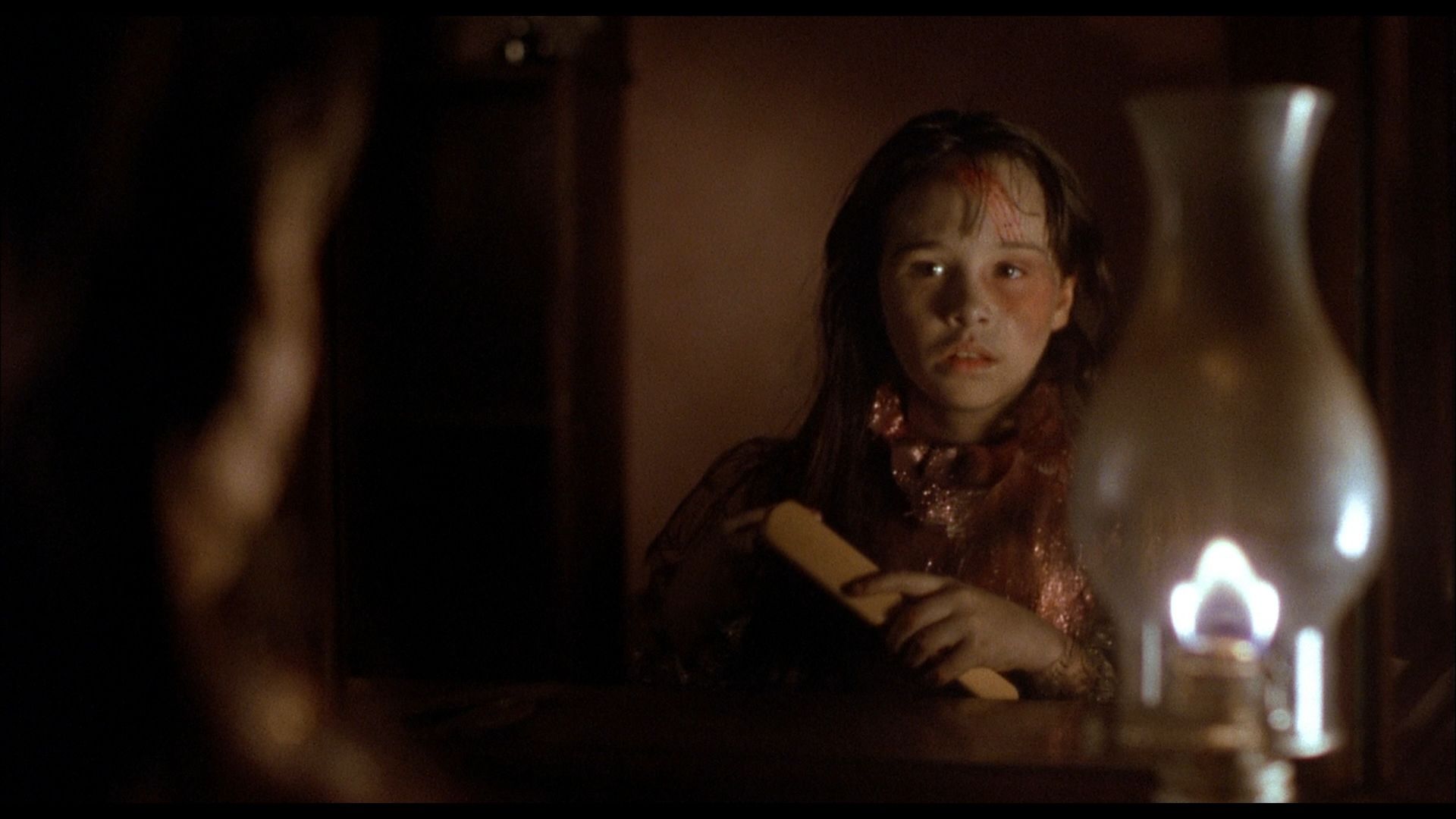
It's important to keep hyperbole out of any film ranking, so please know that I am being both calm and rational when I say every person involved in putting that slide whistle over the two bumbling cops in this movie should be fired out of a cannon into the Pacific ocean.
Halloween V: The Revenge of Michael Myers isn't technically as bad as the entry that came after it, but at least The Curse of Michael Myers is gonzo enough to be interesting. The Revenge of Michael Myers is this story's spiral into blah-ness, a slasher series that has officially lost any sense of what made it sharp in the first place. The franchise-worst mask on Michael's head makes it look like even he's getting a little bored with the return trip to Haddonfield every dang year, and who could blame the guy? He's stuck slow-walkin' once again after his niece, Jamie Lloyd (Danielle Harris)—robbed of both the intriguing ending of Halloween IV and her voice—alongside her older friend, Tina Williams (Wendy Kaplan), Halloween's most unforgettable character. (Her name is screamed 1,000 times in this film.)
Not content with being merely boring, Halloween V offers the exact right amount of nods to something larger–the mysterious Man In Black, the growing psychic link between Jamie and Michael—to also be confusing; the problem, you see, is that you can't end on a cliffhanger after you've already driven off the cliff.
The scene where Michael Myers tries to run two children over with a car for several minutes is extremely funny, though. This is inarguably true.
10) Halloween VI: The Curse of Michael Myers
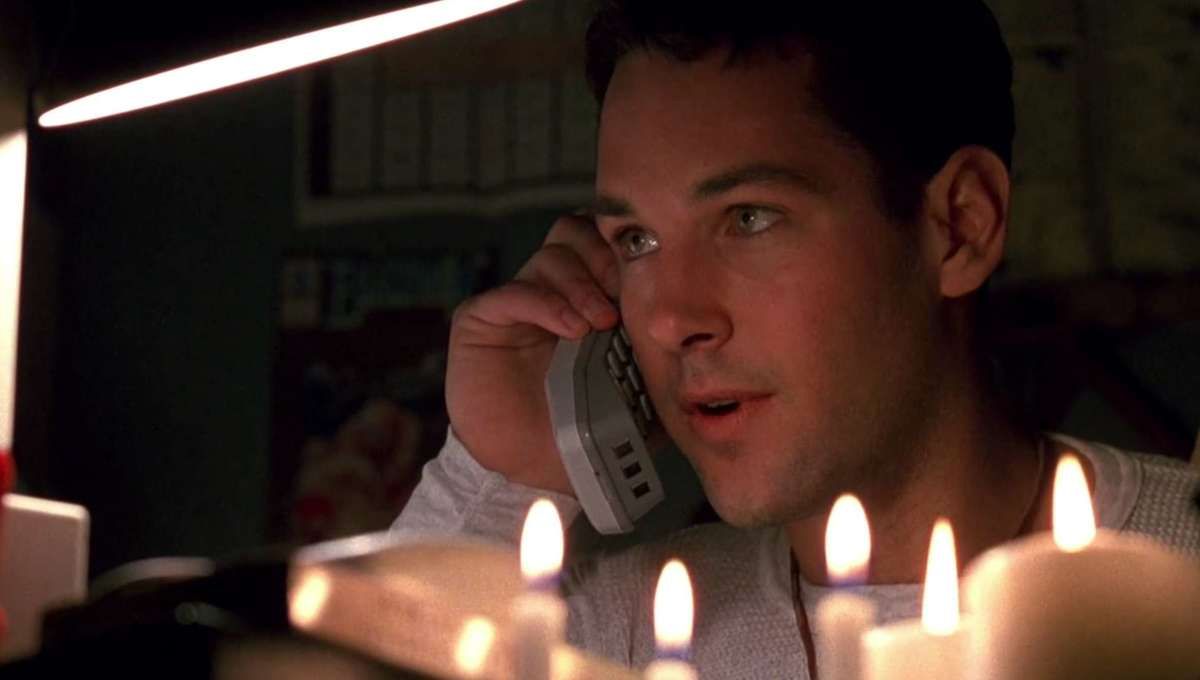
The fact that a film can contain the credit "and introducing Paul Rudd" and still be this unpleasant is a crime more heinous than anything Michael Myers has ever done. Halloween VI: The Curse of Michael Myers is the cinematic equivalent of not knowing what to do with your hands in a public setting, just a jaw-droppingly sweaty misunderstanding of what makes this franchise frightening. Picking up on The Revenge of Michael Myers' jail-break cliffhanger, The Curse of Michael Myers bends over backward to explain that Michael Myers is not just a random man who could show up at your house any time and stab you with a knife (scary!) but instead, the pawn of an ancient Druid cult cursed with immortality and a supernatural need to kill on Halloween night, specifically (dumb!). And, in fairness, if we're going to just throw all balls to the wall, it could at least be a fun watch, but director Joe Chappelle mostly switches between painfully boring or deeply unpleasant. It's also deeply un-Pleasance, as, tragically, this would be the actor's final film performance, and try as he might—and you know he tries—even he can't overcome the dullness of this over-explained mess.
The mask is great, though. I'll never get over that. It's incredible that they got so close to replicating the horrific blankness of the original Michael Myers mask for the film that strips the character of anything that makes him interesting.
9) Halloween (2007)
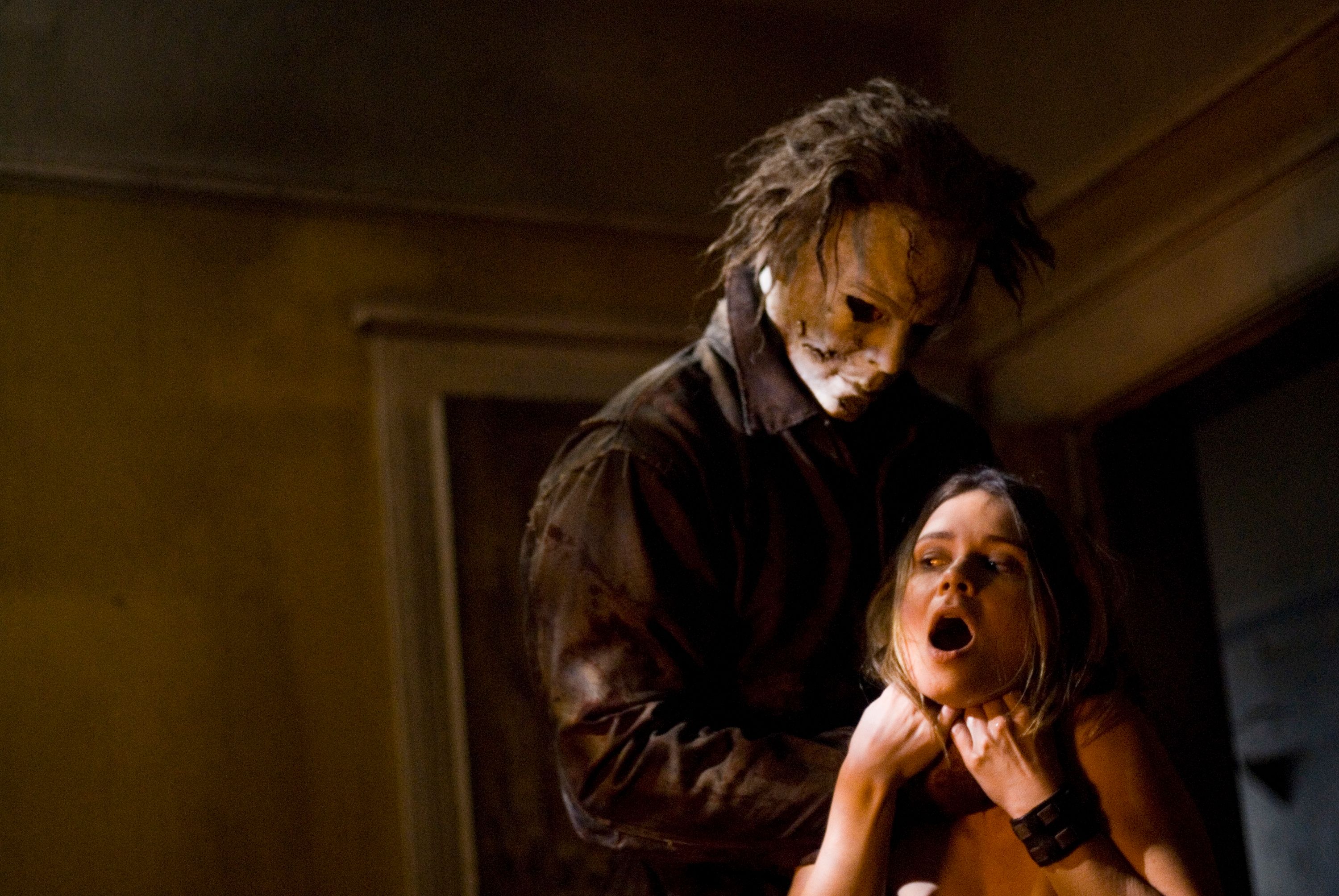
Hiring Rob Zombie to remake a John Carpenter classic is a no-brainer on paper that actually just proves the wide range of a term like "horror filmmaker." It's like asking Wes Anderson to remake Animal House because he's done comedies. Halloween (2007) is a film being violently pulled in two directions, stuck between reverence to Carpenter's original—a masterclass in subtlety—and grindhouse magician Rob Zombie's desire to dig deeper through the ditches. The result feels somehow both unnecessary and overwhelming, a familiar picture just painted over with a new layer of dirt and grime.
As such, the Halloween remake is at its best whenever it feels like a totally separate Rob Zombie movie. The extended opening that delves into the origin of Michael Myers is divisive, but removed from the context of what Michael "should" and "shouldn't" be it's an effectively heartbreaking story of a boy becoming a monster. (Shout-out to Malcolm McDowell, probably the only actor on Earth who could or should have replaced Donald Pleasence as Loomis.) The second Zombie has to hit the beats already established by Carpenter, the film becomes immensely less interesting, the only real difference being its level of brutality. Make no mistake, this is a brutal film, and Tyler Mane joins Kane Hodder in the rank of actors who took on a slasher role deep into its run and really made it theirs to lose. But it's weirdly uninterested in what upping the level of brutality in a Halloween movie actually means, to the point where Laurie Strode (Scout Taylor-Compton) shooting Michael Myers point-blank in the face feels more inevitable than surprising.
8) Halloween II (1981)
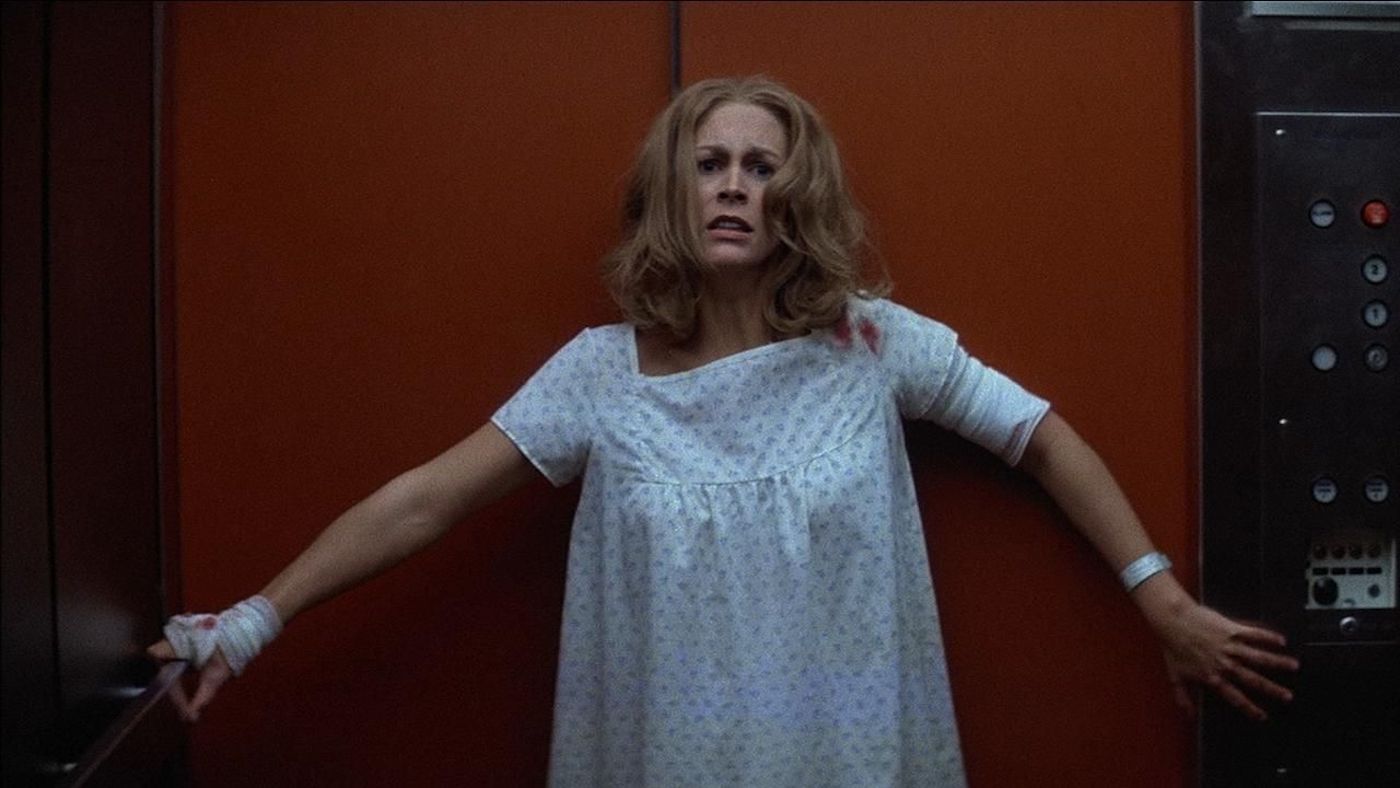
Halloween II is essentially the longest post-credits scene ever made. Picking up immediately after Michael Myers' three-person murder spree, the film simply follows Laurie Strode (Curtis) to the hospital, where Michael has apparently gotten word that Friday the 13th was a box office hit and his kills need to be a little bloodier. It's not a bad movie, just a bit redundant. But its greatest contribution is the reveal that Michael and Laurie are, in fact, long lost siblings, a twist Carpenter—back as co-writer and producer with Hill—has chalked up many, many times to mostly being a bit drunk and annoyed at having to continue a story he felt already worked as a standalone. He's, uh, correct, of course; the brother/sister twist kicked open the door for the type of nonsensical lore that has derailed the franchise a few times now.
But, taken completely on its own merits, Halloween II is still a Perfectly Fine bit of slasher fun. (It's also the only Halloween to re-use the original mask, which literally no one in Hollywood could figure out how to recreate for the next 40 years.) First-time director Rick Rosenthal—blissfully unaware he would helm Halloween: Resurrection 21 years later—is basically just doing Carpenter to the best of his abilities, and does manage to use the innate claustrophobia of hospital hallways to creepy effect. Less effective is the fact Jamie Lee Curtis is in a hospital bed for so much of this movie, a mistake that surely no other entry would repeat, especially not several decades later.
Ah.
7) Halloween Kills
.jpg)
There are a few things holding Halloween Kills back from being the great entry it could have been, but let's start with the fact that random people aggressively chanting "Evil dies tonight!" is very funny, and I'm just not entirely sure this movie—which does feature dozens of moments that are funny on purpose—is entirely aware of that. It all snowballs from there, really. Halloween Kills, the second part of an already-announced trilogy, is wildly stabbing at two different identities; on one side, a poignant, timely take on the dangers of mob mentality, and on the other, a nasty throwback slasher where the sheer number of quirky characters killed in increasingly creative ways is the only thing that matters.
It's not that you can't have both, but director David Gordon Green—plus co-writers Danny McBride and Scott Teems—never actually bridge the gap. You've got a group of traumatized Michael Myers survivors, led by an all-grown-up Tommy Doyle (Anthony Michael Hall), whipping the residents of Haddonfield into a violent, blind frenzy. And then, occasionally, we'll cut to Michael just vibing out around town, committing murders. As a hardcore slasher fan, I have a sky-high tolerance for characters acting stupid—it's endearing!—so believe me when I say these characters are acting stupid, just drunk softball-league dads driving around looking for an eight-foot-tall boogeyman who they will absolutely not successfully subdue ten times out of ten. (To Green's credit, that's not not an accurate portrayal of America circa 2016-to-now.)
The tonal disconnect robs the movie's deeper points of their power and, worse, makes it feel aimless. It's a letdown that it's practically designed to be aimless, the mid-part of a three-act story that can't actually commit one way or the other, and unfortunately, that innate static-ness requires Laurie Strode (Curtis) to—you guessed it—be confined to a bed the entire time.
Regarding those titular kills, though: I kind of just really love the way Green and DP Michael Simmonds shoot Michael Myers when he's doing his thing, making the already-tall James Jude Courtney look like a 12-foot-tall monument to monstrosity. I also really appreciate how handcrafted and practical the violence is throughout this movie. CGI blood has been the biggest bummer of modern horror, and any film that feels like a big group of people had to actually break out the rubber and liquid latex to get a good eye-gouge on to screen is overwhelmingly appreciated.
6) Halloween II (2009)
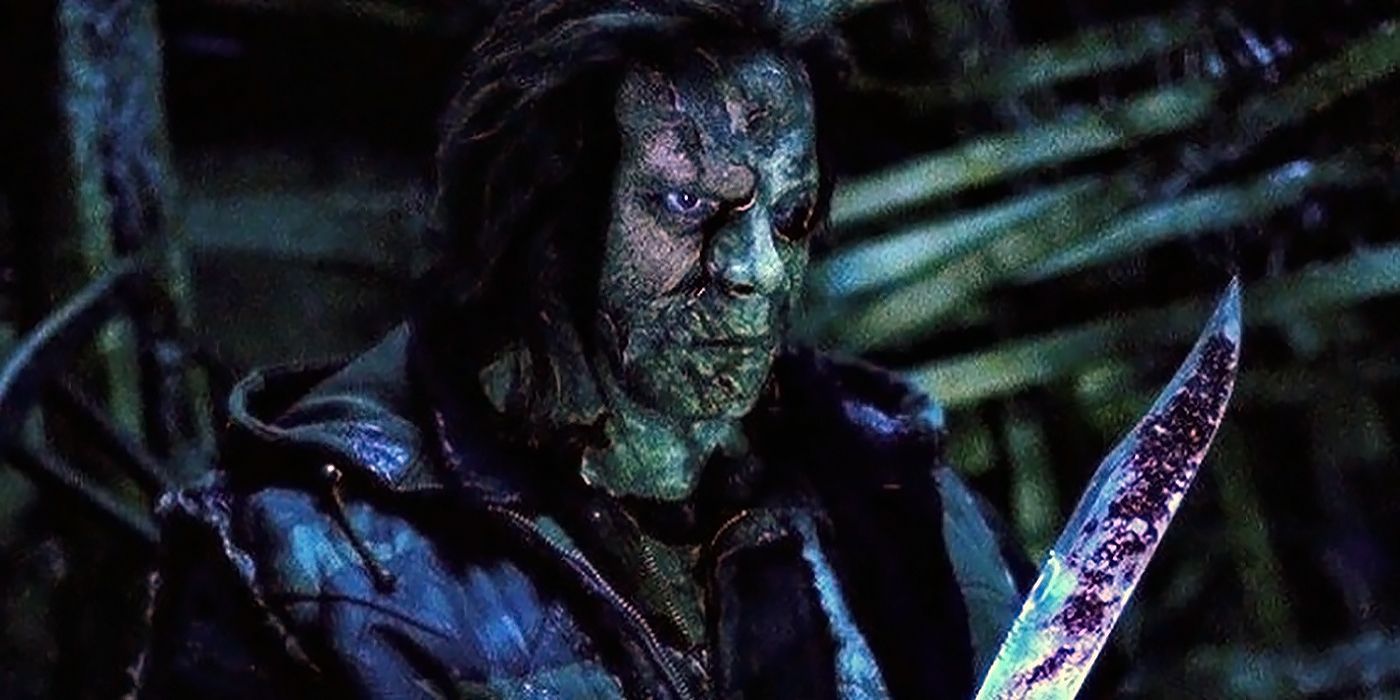
The key to recognizing the stomach-churning appeal of Rob Zombie's Halloween II is to rid yourself of the idea you're watching a Halloween movie. (Call it a multiverse situation, if you have to.) Freed from the constraints of "remaking" Halloween, Zombie poured triple the dose of his own vision into this sequel, a film that doesn't pretend for a second it wants to portray Michael Myers as an enigmatic figure. It wants to crack the character wide open—literally shredding pieces of his mask, exposing much of the man underneath—focusing specifically on the endlessly fucked-up relationship between him and his long-lost sister, Laurie Strode (Scout Taylor-Compton). Zombie was also freed from any sense of keeping his kills hidden from view; this is the most animalistic Michael Myers ever put on screen, grunting and heaving his way through some truly gnarly slayings. The fact Michael jabbing a knife into Octavia Spencer roughly 100 times happens in a dream doesn't make it any easier to sit through.
The overall result is as uneven as uneven can be—Zombie, as usual, is very committed to lingering just a little too long on character actors having vile conversations unrelated to the plot—but there's no denying the odd magnetism behind the filmmaker's full-body commitment to making his Halloween movie, not just a Halloween movie, and when you're not squirming in your seat to look away, the blown-out, dreamlike visuals are often as beautiful as they are gross. An acquired taste, for sure, but not one without its gruesome, gory points to make about the cyclical nature of violence.
5) Halloween (2018)
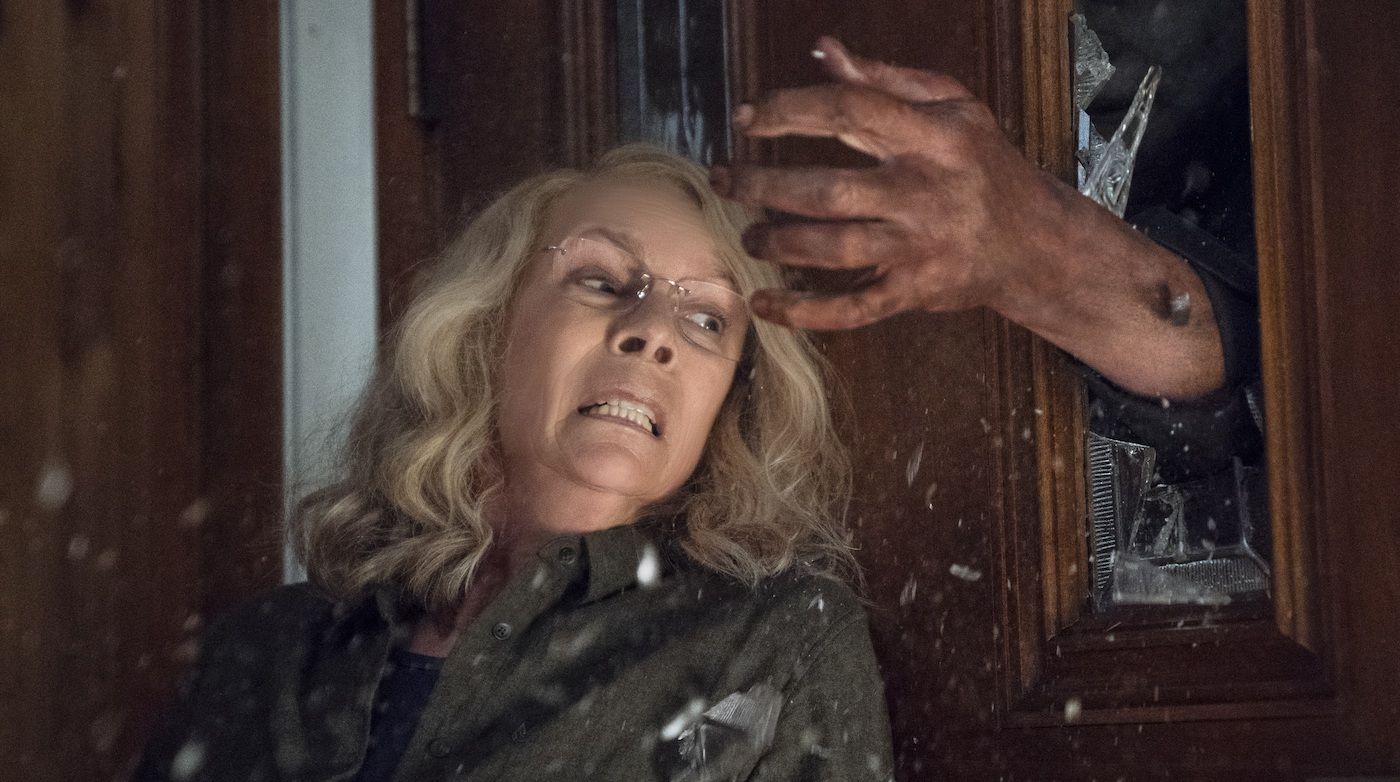
One of the sauciest horror hills I'm happy to die on is that we all went a little too nuts for David Gordon Green's 2018 remake/continuation/retcon, Halloween . It's good, bordering on very good, not even within a knife's edge of great, but Green—along with co-writer Danny McBride, who 100% should have played Michael Myers in this film—at the very least understands what makes Halloween uniquely Halloween, and this movie plays the hits in hollow fashion. Looking to erase both the convoluted lore of Halloweens 4-6 and the early-aughts H20/Resurrection combo, Halloween (2018) brought things back to basics, introducing a Michael Myers who was captured that night he first came back to Haddonfield and has been locked up in an institution ever since. This angle turns Halloween into a commentary on what it means for trauma to fester, to stew, embodied by a genuinely moving performance from Jamie Lee Curtis as a Laurie Strode who has never, in four decades, allowed herself to feel safe again.
The initial thrill of this movie came from a filmmaking team who really got what makes Halloween scary; gone was the supernatural mythology, replaced once again by the sense of an evil so mundane it could infiltrate your happy home at any moment. (The one-take scene of Michael going door-to-door through Haddonfield, just casually wreaking havoc against anyone he comes across, is without a doubt fantastically orchestrated.) But, with time and space from this movie's exciting premiere, it's hard not to notice just how much of a Carpenter cover song it is, using an exact template to feel new.
With that said, though: Jibrail Nantambu deserved a Best Supporting Actor Oscar win and I will simply hear no arguments to the contrary. (Unless the argument is "true and additionally more movies need to let Judy Greer shoot someone.")
4) Halloween IV: The Return of Michael Myers
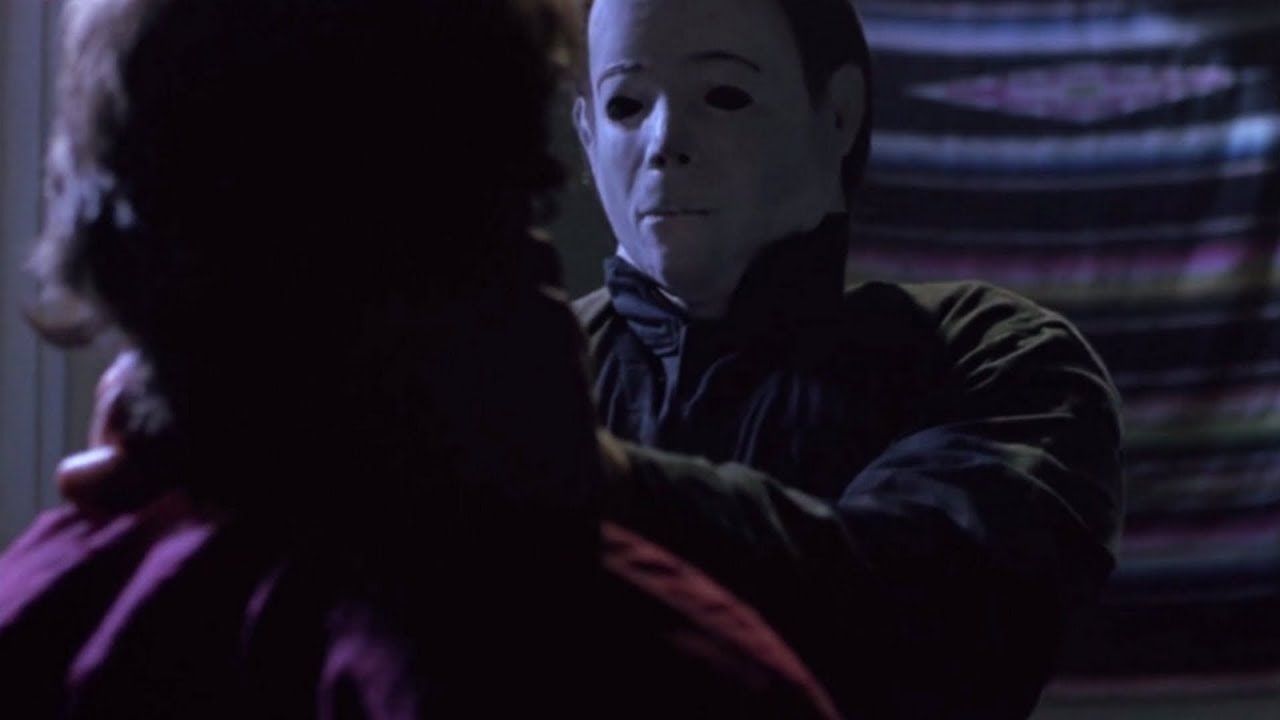
Halloween IV: The Return of Michael Myers can really be summed up by the image of a 68-year old Donald Pleasence diving like an Olympic athlete away from a truck-driving Michael Myers at a gas station, which promptly explodes for seemingly no reason. After audiences straight-up rebelled against the Michael-less Season of the Witch, everyone involved in the Halloween brand knew Michael not only needed to come back, but it needed to be a spectacle, man. Is the result a "good" movie? Buddy, you got me, but holy hell is The Return of Michael Myers an endlessly rewatchable schlockfest that also offered an interesting route forward for the franchise. (One that went super un-taken.) Without Jamie Lee Curtis involved, Halloween IV pivots to Laurie's daughter, Jamie (Danielle Harris), whose semi-psychic connection to her homicidal uncle turns Michael into a literal boogeyman straight out of a kid's nightmares. It's all a little silly, a tone that isn't exactly helped by a new mask for Michael that shoots for "emotionless" and lands on "desperately needs a bathroom." But what matters is how absurdly big director Dwight H. Little and the entire creative team went for this movie, producing some of the series' most over-the-top kills—the best is a tie between poor Kathleen Kinmont getting pinned to the wall with a shotgun and the nameless power plant worker who gets tossed like a sack of potatoes—Pleasence absolutely hamming it up to a new level, and an endearing love for the characters Carpenter and Hill created, if not an ability to make them as scary.
Put more simply: There have been better Halloween sequels, deeper Halloween sequels, and more interesting Halloween sequels, but Halloween IV is far and away the best Halloween sequel solely focused on Michael Myers, capital-letter Horror Icon.
3) Halloween III: Season of the Witch
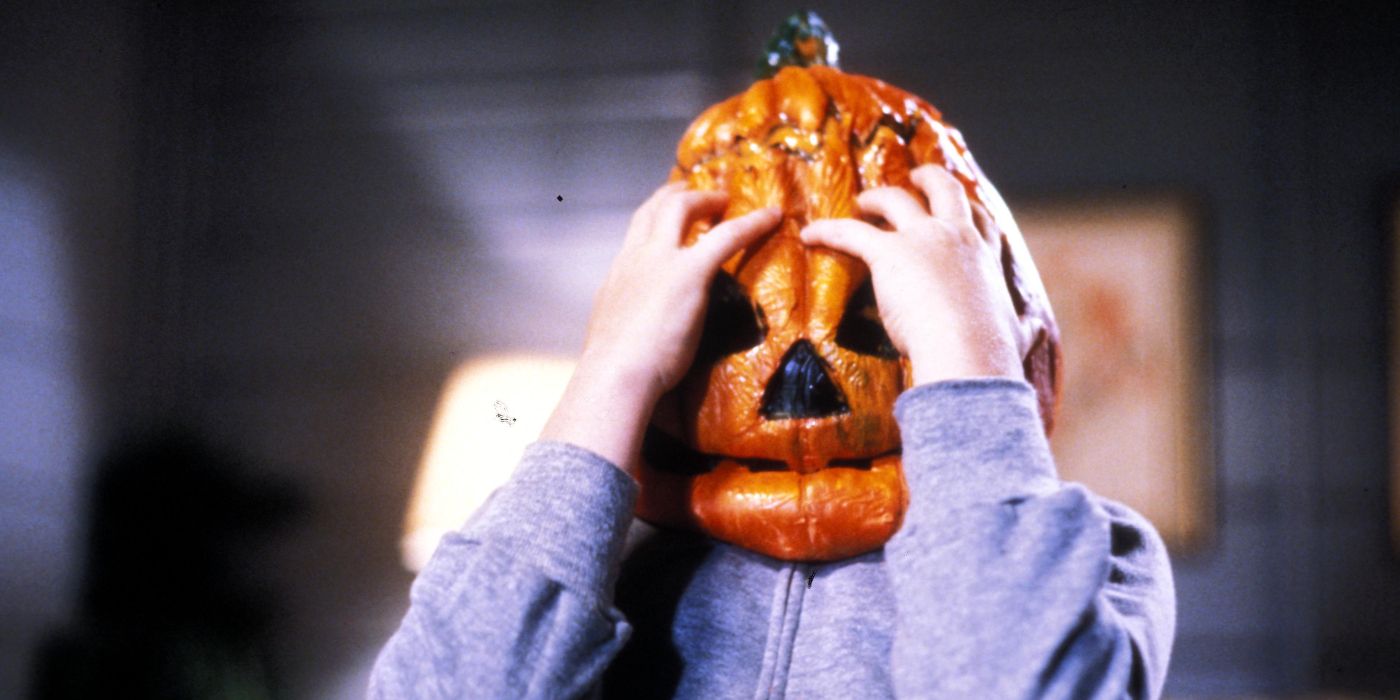
It's entirely possible that Halloween III: Season of the Witch would've been better received if audiences were eased into the anthology concept; something slasher-adjacent or similarly atmospheric instead of, say, a sci-fi romp in which an insane Halloween mask magnate attempts to murder every child in the world using mystical pieces of Stonehenge. Alas, brilliant ideas are rarely accepted in their time, and one of the most refreshing parts of modern horror fandom is the increasingly-popular acceptance that Halloween III absolutely rips, Michael Myers or not. Part of its enduring appeal is how hard Tommy Lee Wallace—production designer on Halloween, now in the director's chair—pivots from its two predecessors. Season of the Witch plays like something that should only be seen on a busted VHS, a pure practical-effects driven B-movie that revels in its weird Twilight Zone-ish concept. The movie mostly swaps out blood for ooze, knife-wielding murderers for killer clockwork robots, and helpless teen victims with Tom Atkins ready, as usual, to kick ass. (One of the best parts of Halloween III is the fact there is no question whether or not Tom Atkins bangs.)
Are all of these things upgrades? Depends on who you ask. (Yes.) But the facts of the matter are this: 1) No, Halloween III does not feature Michael Myers, 2) Yes, that is kind of a weird thing to do after two movies with Michael Myers, and 3) Taken completely on its own merits, Halloween III: Season of the Witch is a deliriously fun time at the movies, one that, with 40 years of hindsight, only makes you wonder what would have happened with a franchise full of wild swings instead of familiar stabs.
2) Halloween H20: 20 Years Later
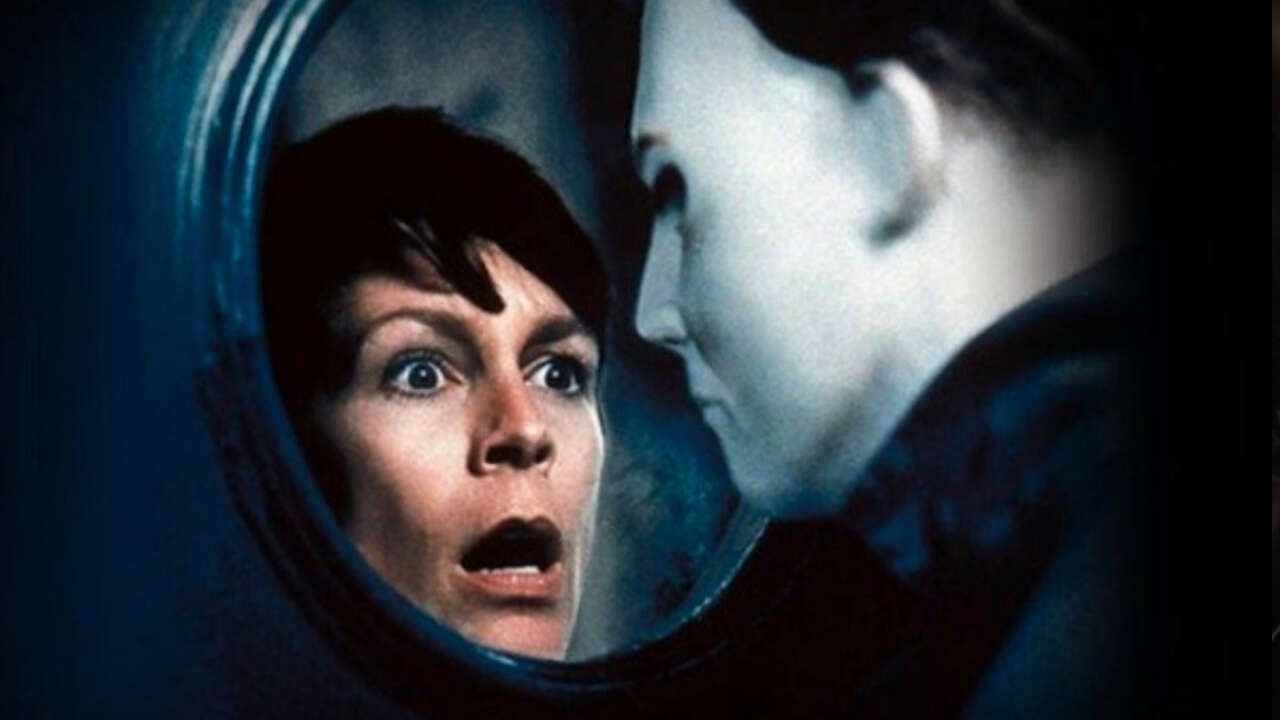
By now, Halloween has branched off into at least three separate timelines, creating a whole host of viewing orders where you can add or discard pretty much any sequel as you wish. For my money, the most satisfying, complete story the franchise has ever told is Halloween (1978), followed by Halloween II (1981), and concluded in Halloween H20: 20 Years Later . With Jamie Lee Curtis back as Laurie Strode, Steve Miner (Friday the 13th: Part III) in the director's chair, and Scream scribe Kevin Williamson on script duty, H20 is both an intensely entertaining, aggressive early-2000s teen slasher and a genuinely poignant take on what it means to live with trauma for decades. This film has Halloween (2018)'s cake and eats it, too. The Laurie Strode we meet here has been bent as far as humanly possible since that fateful night in 1978, faking her death, changing her name, and relocating for a job at Hillcrest Academy in California and to protect her son, John (Josh Hartnett, sporting a haircut I imagine ruined many young men's lives in 1998). But she isn't nearly broken; Curtis puts in a wonderful performance as a Laurie Strode who lives with lingering fear every moment of her life but didn't let that same fear define her. The fact that Michael Myers still returns at that point—when he is, finally, not the most important thing in her life—is the most effective point any Halloween movie has ever made about the type of mental scars that can heal, but not fade. Outside of the original, there isn't a more goosebumps-inducing moment in this entire franchise than Michael and Laurie arriving at either side of that round window, separated by a thin pane of glass and two decades of bad dreams.
But, also, Laurie Strode knocks Michal Myers' goddamn head off with a fire axe, and that whips an incredible amount of ass. Halloween H20: 20 Years Later is a bad title for a film that is equal parts perfect continuation, perfect homage, and perfect ending.
1) Halloween (1978)
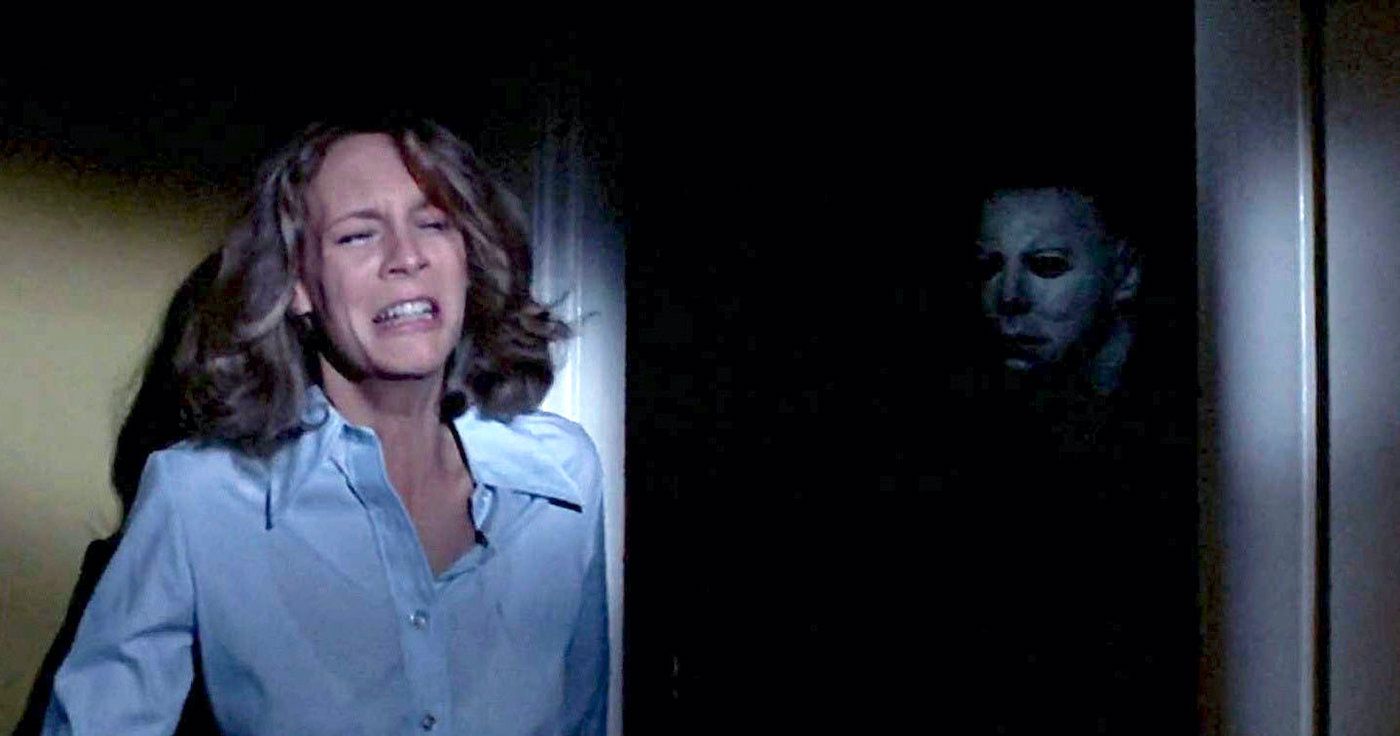
Something that's been a bit lost in the age of the internet is the reality that, when we're discussing pop culture, there are very few examples of objective truths. We're just slinging opinions at each other, neither "right" nor "wrong" but a matter of pure belief. I'd like you to remember that, and then I'd like you to immediately toss it out the window because John Carpenter's Halloween being #1 on this list is an objective fact. It's quantifiable data, written in stone. Literally any other scenario would be me lying to you; an untruth, a scam. The gulf between Halloween and its franchise peers is the distance between an anthill and Uranus.
The reasons why have been talked to death in the 43 years since, but it really can't be overstated how much of Halloween's genius stems from its simplicity. A madman with a knife returns to a town that looks just like yours, kills innocent kids who could easily be you, and offers no rhyme or reason. The look on his "face" is nothing; no emotion, no remorse, no humanity. Carpenter—helped in great part by producing partner Debra Hill and production designer Tommy Lee Wallace—takes that simplicity and turns it into a weapon, cloaks it in shadow, lets it linger, gets it stuck in your head like the repetitive drone of that iconic score. Halloween took the thread spun by Psycho , the Italian Giallos, and Bob Clark's Black Christmas and finished it with a face you could be afraid of. It did to the suburbs what Jaws did to the ocean. It's one of the best movies ever made, of any genre, no matter which way you slice it.
Source: https://collider.com/halloween-movies-ranked-worst-to-best/
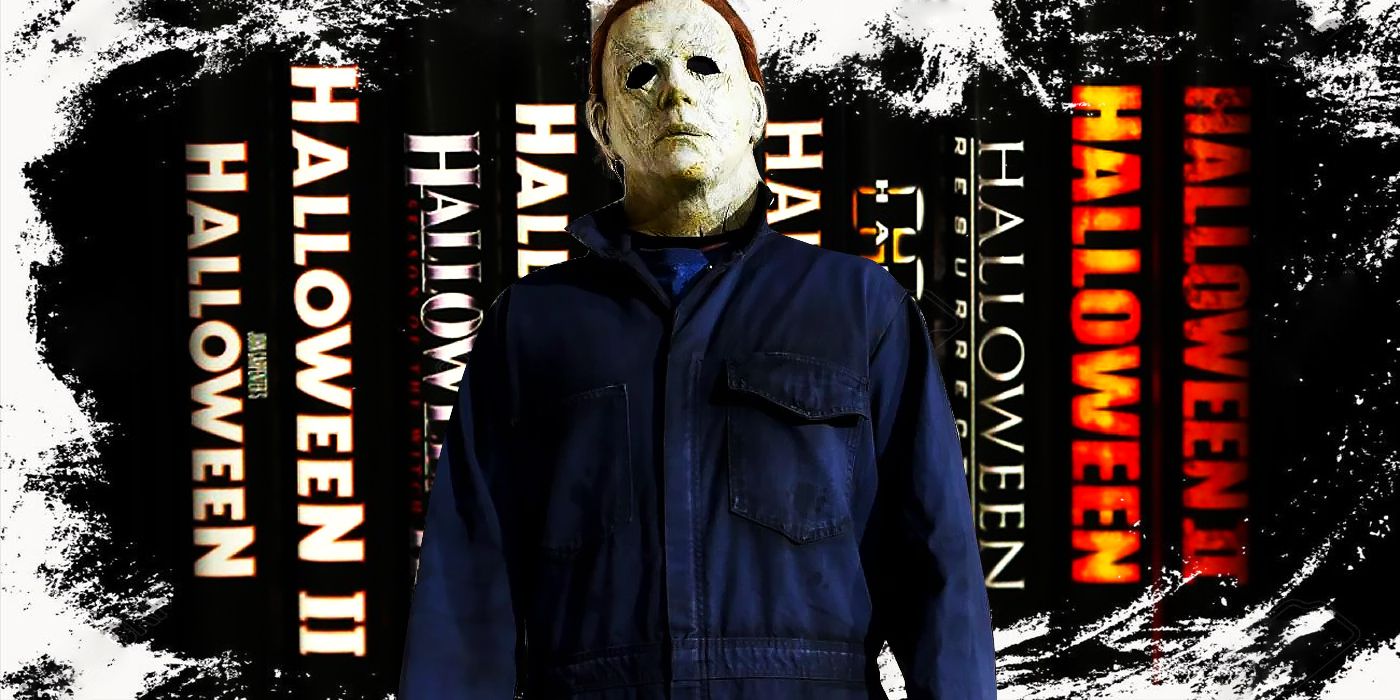
0 Response to "Halloween 2 Well Find Him Funny"
Post a Comment